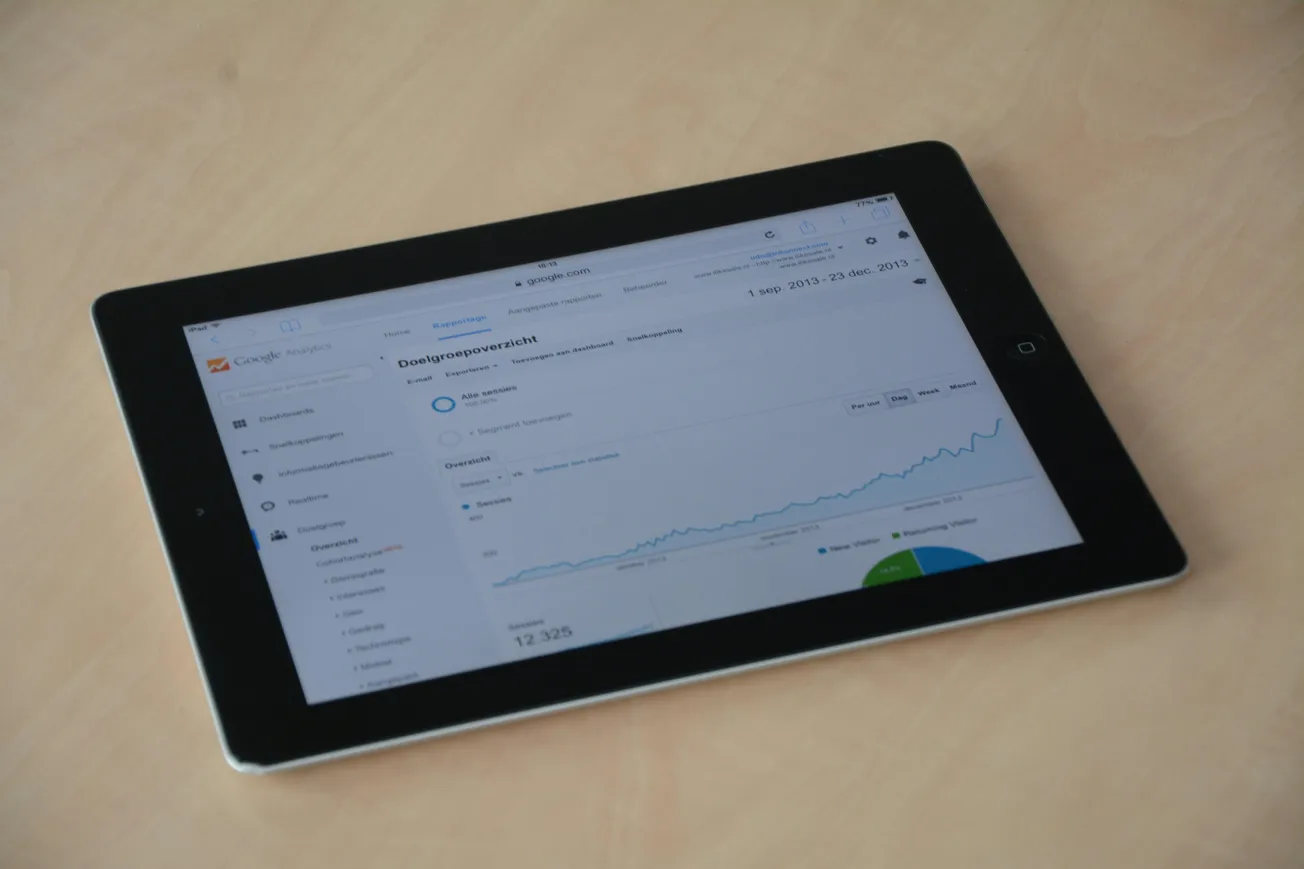The retail sector is undergoing a significant transformation as artificial intelligence (AI) continues to gain traction. However, despite the enthusiasm surrounding its integration, the actual business impacts remain limited, according to a recent report from BRG.
As the retail environment becomes increasingly competitive, it is crucial for businesses to harness the potential of AI effectively.
AI Usage Across Retail Functions
The BRG report reveals that AI is leveraged in nearly 48% of North American retail organizations, primarily in marketing, IT, and digital commerce. While generative AI is gaining ground over predictive AI, the focus is shifting towards enhancing operational agility, reducing costs, and improving customer experience.
Embedding AI into Operations
To truly realize the potential of AI, organizations need to integrate it into their operational models. This involves establishing robust data governance frameworks and developing clear metrics to assess impact.
AI should not merely be implemented for the sake of innovation but should serve to streamline processes and enhance efficiency.
Regulatory Challenges and AI Policies
Amid rapid regulatory changes, only about half of the surveyed respondents indicate that their AI policies are sufficient and adaptable. This lack of thoroughness can hinder successful AI implementation.
Organizations must address crucial areas such as workforce impact, transparency, and bias to create comprehensive policies that facilitate responsible AI use.
Global Perspectives on AI in Retail
The report also highlights differences in AI adoption between North America and other regions like Europe and Asia-Pacific. Retail leaders in these areas report lower levels of confidence and adoption compared to their North American counterparts.
This suggests a significant opportunity for global retailers to learn from North America’s approach and to enhance their own AI strategies.
Leveraging AI for Tangible Outcomes
Moving forward, the emphasis should be on using AI not just for technological advancement, but as a strategic tool that drives genuine business results. This includes improving product attribution, simplifying workflows, and enhancing data synthesis for informed decision-making.
Conclusion
As AI continues to reshape the retail landscape, companies must prioritize effective implementation and a clear operating framework. By focusing on sustainable growth and adapting to the evolving regulatory environment, retailers can better harness AI’s capabilities for meaningful business impact.
To gain deeper insights, read the full BRG report on AI in Retail here.










